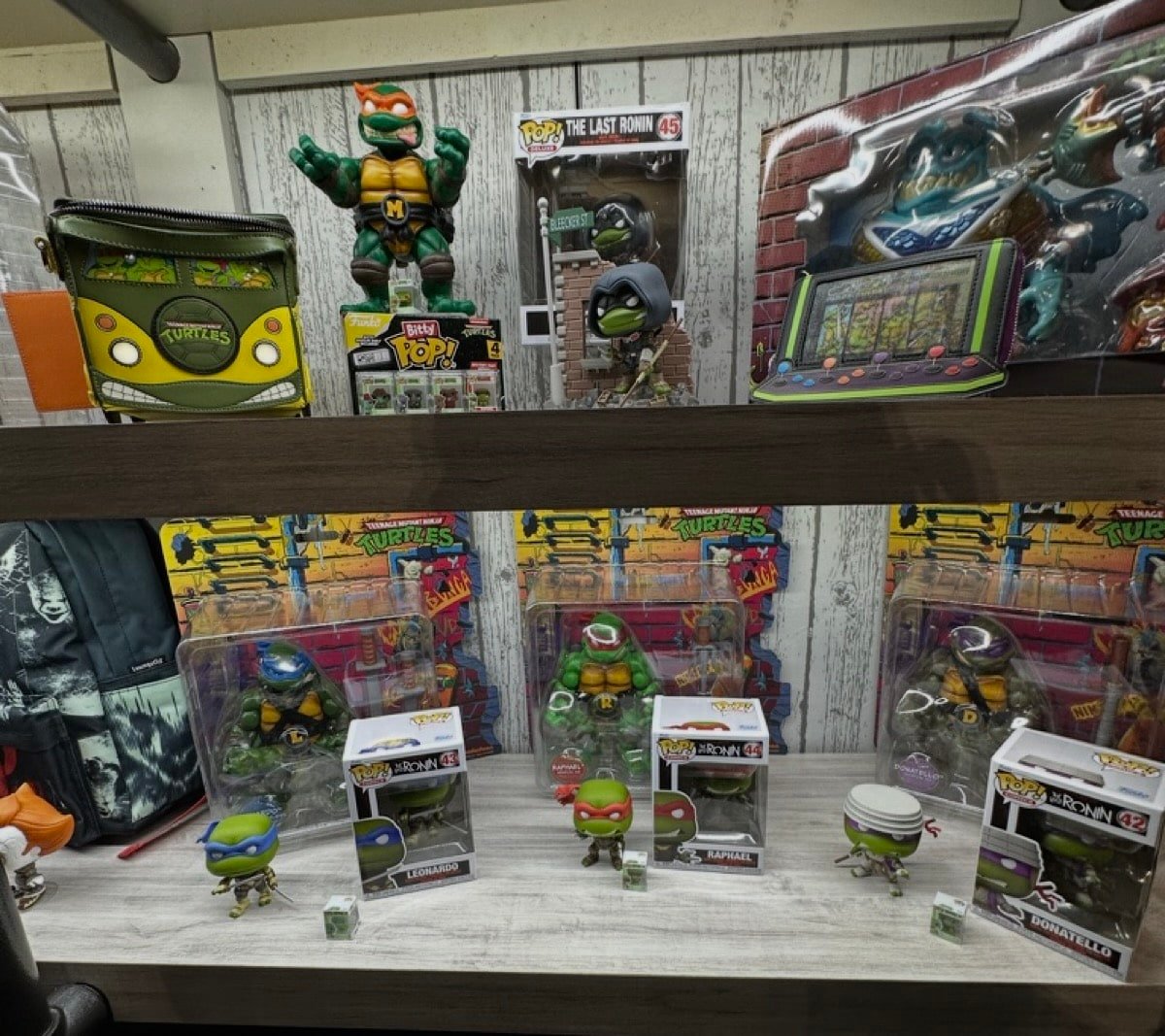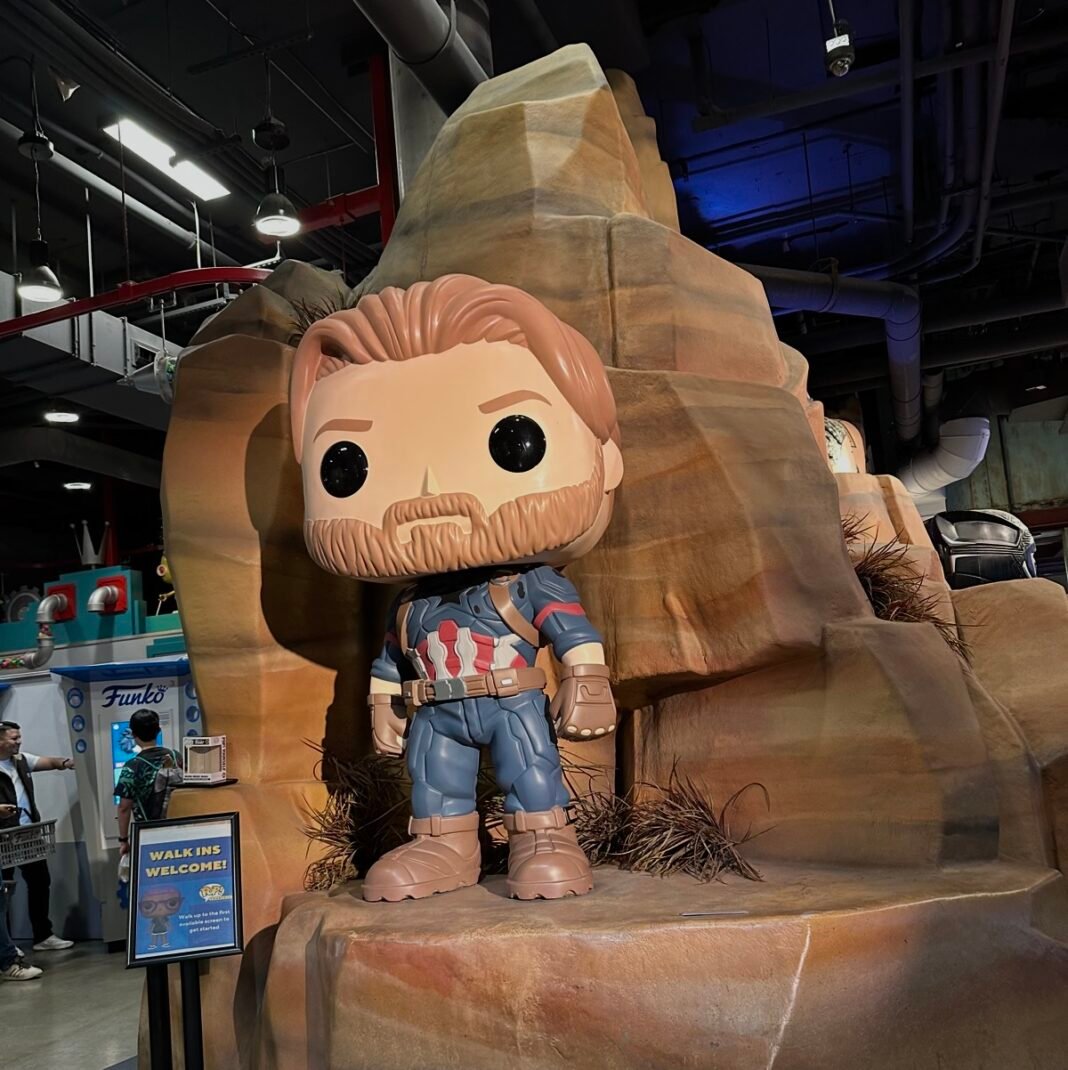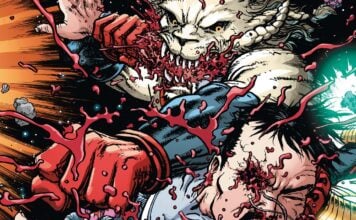
We all knew it was coming; some were eager for it. The Fall of Funko is yet another in a line of collectible fads, from Cabbage Patch Dolls to Beanie Babies to the current craze, Labubus.
Funko had a much longer run than most, let’s be honest, at least a decade. But the toy giant’s current woes seem to be dire. According to their latest financial filings, sales dropped 14% in Q3 of 2025, ending with a loss of $1 million. US sales are down 20% and that’s all on top of $250 million in debt. The filing contained grim wording that no one wants to see:
- There is substantial doubt about our ability to continue as a going concern due to pressure on our financial covenants arising from the current tariff retail environment and potentially insufficient working capital and potential non-compliance with other covenants as defined within the Fourth Amendment, as defined herein.
- We are reviewing strategic alternatives. There can be no assurance that we will be successful in identifying or completing any strategic alternative, that any such strategic alternative will result in additional value for our stockholders or that the process will not have an adverse impact on our business.
- We are subject to risks related to the operation of our business, including, but not limited to, our ability to execute our business strategy, manage our growth and our inventories, and attract and retain qualified personnel.
Although “Substantial doubt” language is standard in filings from publicly traded companies, Funko’s troubles seem substantially correct. As the International Business Times put it:
Once a staple in Walmart, Target, and every comic book store, these blank-eyed, little figures are now gathering dust. The billion-dollar empire Funko built is struggling with overproduction and declining interest.
For those in the comics industry, Funko’s topple from a certain profit center to a dusty dollar bin comes with some schadenfreude. As Funkos of comics characters started taking up more space in shops than the actual comics, resentment grew, and near (or actual) riots over getting into the massive Funko booth at SDCC were the source of much eye rolling.
But it also can’t be ignored that Pops were a profit center for comics stores for many years. I was chatting with a comics shop manager yesterday, and he pointed to a large wall of Funkos with some concern. If their day really is over, what is going to take its place?
For myself, I’ve viewed the Rise and Fall of the Funko Empire with some amusement and bafflement. I like cute toys of my favorite characters as much as the next person, and yes, I have some Pops in my home, but I never actually purchased one. Pre-pandemic I was surprised to see racks of Funko Pops at random delis around NYC – space is at a premium so they wouldn’t have carried them if they didn’t sell.
But how and why? The fervor of Funko fanatics was something to see. After years of being snubbed by Funko’s PR department, perhaps in a sign that the market was softening, I was invited to several of their events at NYCC 2022, and even got up at the crack of dawn to attend the press event. I was rewarded with a giant Halloween bag (which I still treasure, gotta be honest), meeting Elvira and getting a signed DMC figure. Co-founder Brian Mariotti led the event with a true believer level of showmanship. I even went to Funko Fest, a nighttime event with not enough food which required me to stand in line for….quite a while. I chatted with those who were in line because they were fans and to them this event was the highlight of their con. The actual event involved standing in yet more lines for pillow cases full of exclusives, but whatever floats your boat.
The pandemic seems to have been a turning point for Funko – as with everything collectible, sales soared, and executives seemed to think this was a new level and not a high water mark. The result was the infamous destruction of $30-35 million worth of toys due to overproduction.
It seemed to me that Funko never quite recovered from that – it was definitely a sign of things to come. A downward spiral of spin-offs and recursive output followed that smacked of throwing everything at the wall. At this year’s Toy Fair I noted that even the Pops had their own mini Pops now.

The story isn’t over yet, of course. Funko may find a buyer, and they are trying to focus on more profitable lines like, you guessed it, blind boxes. The big question is whether they were truly a fad or a perennial, like Barbie and GI Joe. I’d say that anything that lasted over a decade is more than a fad, even if the fervor fades. If Funko goes out of business I have no doubt that in 7-10 years, someone will relaunch it as a nostalgia brand with new IPs, and people will start buying Pops again.
And there is the matter of the business side of things. Between the havoc that tariffs have wreaked on the toy industry and the supply chain disruption from Diamond’s bankruptcy, it’s been a tough year. Mariotti stepped down and started his revenge bod company, ThrillJoy, but told me the tariffs were a big challenge for the new company at SDCC.
Comics shops make a lot of money from selling toys, and getting them has been more expensive than ever in 2025. Alliance Entertainment has started selling collectibles, and shown growth but on a small scale. Universal picked up Diamond’s game business, also Alliance, but it’s not entirely clear to me if Ad Populum/Sparkle Pop picked up the toy distribution business that Diamond ran.
Of course, something will always fill the itch for a collectible niche, and right now it’s those blind bags/boxes. Using my own New York City shopping habits as a barometer once more, I was surprised to see that Teso, kind of Japanese Walgreens, had replaced nearly their entire housewares section with blind boxes for collectibles Kuromis, Finding Unicorn and countless other figures. Blind bags are a huge seller for comics in ‘25, but the zeal for taking a risk on toys has been strong for a while and shows no signs of slowing down.
Perhaps it’s no surprise that in a gambling-obssessed culture with distinct end times vibes, the thrill of buying unknown toys and comics has taken off. While Labubus may fade, some other wide-eyed creature might jump in at any time.
The Funko saga is also a perfect symbol of our current era’s obsession with overconsumption and late-stage capitalism, as Kayleigh Donaldson wrote at Pajiba.
But there is a reason the Funko Pop fell so speedily out of style. We’re hard-wired as a species to reject things that become too popular, and Funkos were certainly that. Their ability to pander to the general and niche felt craven to many, another sign of their lack of identity. Besides, did everything need to be cute? Why make Pennywise into an adorable chibi? Who was any of this really for? Eventually, if something is for literally everyone, then it loses its lustre for most. Maybe we like gatekeeping too much for something like this? But it’s not just that. Funko Pops were never going to become the next Barbie, and it’s not just because of their lack of distinctiveness.
Collecting is intended to be a conscious act of appreciation and curation. When you’re a collector of, say, porcelain dolls, you do so with a lot of knowledge for the art. You probably have books on the history of the form and the many legendary craftspeople involved, and you’re invested in their cultural importance. I collect various retellings of public domain classics because I’m fascinated by how these legendary narratives are reinterpreted and moulded to suit contemporary concerns and interests. It’s a big tent of items, but still one with limits. Funko Pops, however, were the opposite of that. There was always another glut of dolls just around the corner, covering every area of vague ‘geek’ interest.
Maybe it was all an illusion. On a trip to BookOff, a midtown outpost of a Japanese chain that sells used books and toys, I noted something I’d never thought about before: once removed from their boxes, all Pops look kind of alike. Can you ACTUALLY tell who all these white, bearded guys are without a label?
Funko came, they conquered, and now they have to pay the piper. Their final fate has yet to be decided, but whatever happens next, the Pop story is one that will be dissected and analyzed for a long time.

















When in doubt, assume it’s a Game of Thrones Funko….
People who care about collecting the characters will know who they are. They are 3D pop culture trading cards that share a similar style across all genres. Making the company public and letting people who cared more about money than collectibles is the downfall. They are great with stuff for casuals and high end collectors.
If there was a lot more of a variety of pops instead of just anama some people like myself like other things then they would get more sales
Comments are closed.